Ekiben (駅弁) is a boxed lunch available to buy at Japanese train stations for long-distance travel. For many travellers, it is an essential part of the journey. Discover the Japanese’s love for Ekiben that is rooted in Japanese culture.
Table of Contents
- What was Demon Slayer Rengoku eating on the Mugen Train?
- What is Ekiben? What does “Ekiben” mean in Japanese?
- The History of Ekiben
- Where to get Ekiben? Not Just Train Stations
- Famous Ekiben to Try in Japan
What was Demon Slayer Rengoku eating on the Mugen Train?
“Umai!”

©吾峠呼世晴/集英社・アニプレックス・ufotable
One of the most memorable scenes in Kimetsu no Yaiba (Demon Slayer) ‘s Mugen Train Arc is Flame Hashira Rengoku eating bentos on the train in gusto while exclaiming "Umai!" in between bites. This is not any ordinary bento, but an Ekiben meant for consuming on the train and sold in train stations, specifically it is a Gyunabe Bento (牛鍋弁当), a high class Ekiben born during the Meiji period.
What is Gyunabe 牛鍋?

© MAFF
Gyunabe (牛鍋) is “beef hotpot”; Gyu (牛) meaning “beef” and Nabe (鍋) meaning “hotpot”. Up till the Meiji era, meat was not consumed as the Japanese practising Buddhism and Shintoism believed in the sanctity of life and chose a vegetarian diet. After Japan’s isolation period in the Meiji era, Japan became exposed to Western culture, and the culture of eating meat started to spread across Japan. Meat dishes like Yakitori and Gyunabe, one of the earliest preparation methods for beef, came into existence.
Kimetsu no Yaiba is set during the Taisho period in the early 1910s when eating meat was still relatively new, only 40 years or so had passed since Japanese started consuming meat. The first Gyunabe restaurant in Tokyo was opened in 1867 and Gyunabe became the trend dish. In fact, the Gyudon (牛丼) that we all love to eat nowadays is actually a dish inspired by Gyunabe that was created in the mid to late Meiji period.
Sometime during this period is also when Ekiben was created. Initially a super simple bento consisting of rice balls and pickled daikon radish (takuan), other Ekiben menus were developed including the high-class Gyunabe Ekiben that we all want to eat now.
※ MAFF, “牛鍋 神奈川県”
Why haven’t I heard of Gyunabe?
🍲 Today is Sukiyaki Day ! すき焼きの日! 24th January is Sukiyaki Day in Japan. Sukiyaki is a type of hot pot dish. It is a...
Posted by WeXpats on Monday, January 23, 2023
That’s because after the Great Kanto Earthquake, the term Gyunabe became hardly used and instead began to be called “Sukiyaki” - a Kansai term for a similar dish. They both use beef as the main ingredients, and both are commonly eaten by dipping cooked meat and vegetables in beaten egg.
Gyunabe is the so-called “Kanto-Style Sukiyaki” while Sukiyaki is “Kansai-Style”. The biggest difference is that Gyunabe is considered to be healthier, the dish is prepared by simmering beef and vegetables in a mixture of soy sauce, cooking sake, sugar, and mirin. Whereas, Sukiyaki requires grilling the beef beforehand, and adding sugar and soy sauce to adjust the taste, then adding vegetables.
Gyunabe originated from Yokohama, Kanagawa prefecture while Sukiyaki originated from Kobe, Hyogo prefecture.
Writer's Pick
What is Ekiben? What does “Ekiben” mean in Japanese?
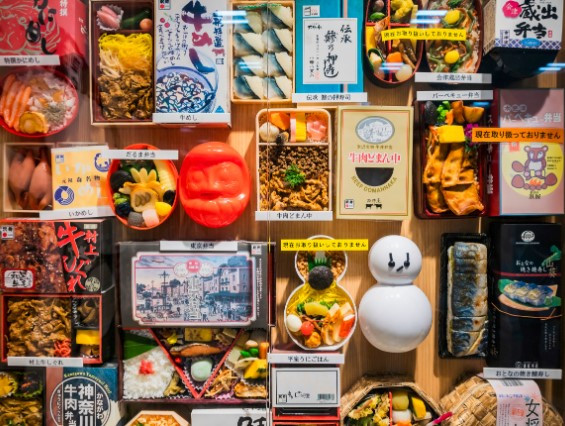
Ekiben (駅弁) is a type of Japanese boxed lunch that is sold mainly at train stations in Japan.
- 駅 Eki means “train station”.
- 弁 Ben is the abbreviation for 弁当 Bentou meaning “Japanese boxed lunch”.
The term “Ekiben” is a combination of the above two words. Ekiben is most accurately translated to “Station Bento” but is also called “Railway Bento” or “Train Bento” in English, which is technically a mistranslation, but carries the meaning across.
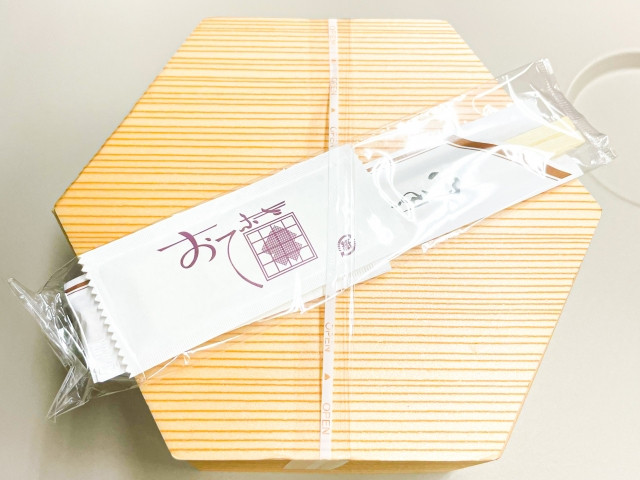
Ekiben usually consists of rice, meat or fish, pickles (tsukemono), and vegetables all neatly packed in a disposable container. Ekiben are usually served cold or at room temperature, but there are innovative ones now that heat up when activated so you can enjoy a hot meal on the train too. Wet towels (oshibori) and disposable chopsticks are provided when buying Ekiben. Ekiben menu varies from region to region, with many offering local delicacies and specialties. Some Ekiben have become famous for their unique ingredients or presentation.
Ekiben is a popular and convenient meal option for people travelling long distances in Japan, who can purchase it at the station before boarding the train. Some train services even sell Ekiben onboard. For some travellers, including me, enjoying an Ekiben is an essential part of the journey.
Ekiben also reflects the local culture and cuisine of the area where it is sold, making it a tasty way to experience different regions of Japan.
The History of Ekiben - First Ever in Utsunomiya
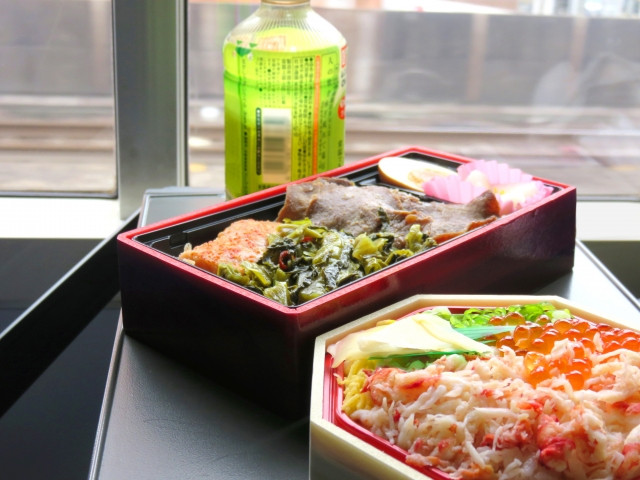
Ekiben has a long history in Japan dating back to the Meiji era.
It is believed that the first Ekiben were sold on July 16, 1885 at Utsunomiya Station by a ryokan called「白木屋 Shirokiya」at the request of Nippon Railway (日本鉄道) on. Which is why, Ekiben Memorial Day (駅弁記念日 Ekiben Kinenbi) to commemorate the creation of Ekiben is celebrated on July 16 every year. The first ever Ekiben was a simple one consisting of 2 onigiris and 2 slices of pickled daikon radish (takuan) wrapped in bamboo skin and costing only 5 sen (1 銭 is worth 1/100 of 1 yen).
Where is Utsunomiya?
Utsunomiya Station is the main station leading to Utsunomiya City in Tochigi prefecture. Utsunomiya City is known as the “Gyoza City” in Japan with many gyoza restaurants, and a Gyoza Festival held in November. Another highlight of Utsunomiya is the Oya History Museum.
There are other theories as well as to the origins of Ekiben, the general consensus being that it took place during the 10th century of the Meiji period (1877~1886). Since then, Ekiben has spread to the rest of Japan with many places offering regional and local specialty Ekiben.
Ekiben Memorial Day may be on July 16, but Ekiben Day (駅弁の日 Ekiben no Hi) is on April 10. Why? Because the kanji for 「 弁 ben 」 is written in 4 strokes, and 「十 」the kanji for 10 can be read as “to” - “to” from “bento”.
※ MAFF, “駅弁” [JPG] ※ Gohan Saisai, “駅弁の歴史について知ろう!日本初の駅弁や人気の駅弁はどんなもの?”
Where to get Ekiben? Not Just Train Stations
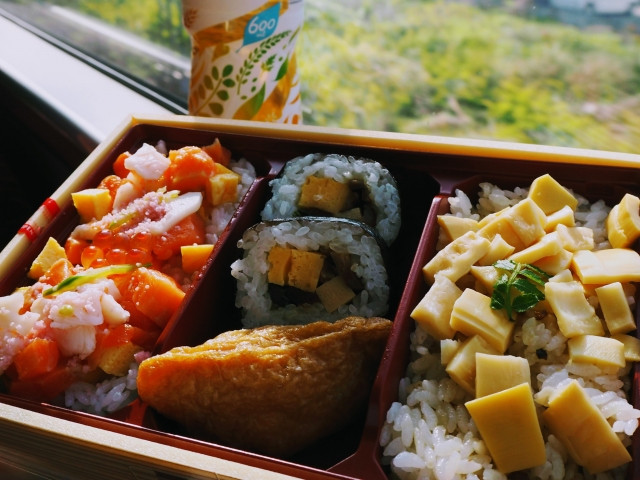
Ekiben holds a special place in Japanese culture. Not only does it represent the development of Japanese food culture and Japanese history, it is also a special meal only eaten on journeys and holidays.
Train Stations and Certain Trains
Ekiben can be purchased at most train stations that have long-distance train services, either at kiosks, specialty shops, or on the platform. Some larger train stations may have multiple Ekiben shops, each offering a different selection. Some trains also sell Ekiben onboard, but not all so check beforehand. Accepted payment methods are usually cash and IC prepaid card like Suica or Pasmo.
Supermarkets and Shopping Malls
Ekiben Fairs are common in Japan. At times, supermarkets and shopping malls will hold limited time events where they sell Ekiben. These events draw large crowds of people with popular regional Ekiben selling out fast as people snap them up. Not just limited to Ekiben Fairs, nowadays Ekiben are showing up in regional fairs to promote the area’s local specialty.
/#京王駅弁大会2023
— 駅弁大会@京王百貨店 (@keio_ekiben) January 17, 2023
元気に開催中~🚂💨
\
2週目から登場の駅弁をチェック
実演店舗からは良~いにおいが🥰
山形牛、懐かしレシピの鶏めし、香ばしく焼ける鰻や鮎…✨
何を食べようか迷っちゃいます🤤
まだの方も、すでにご来場された方も、ぜひ❗️
※1/22(日)午後5時まで#京王百貨店 #新宿 pic.twitter.com/mk3aFQp2tI
A huge Ekiben event in Tokyo is the “Ekiben & Japanese Local Gourmet Fair (元祖有名駅弁と全国うまいもの大会)” that is held annually in Shinjuku’s Keio Department Store’s event space. It is better known as the “Ekiben Taikai (駅弁大会)” and features around 300 types of Ekiben gathered from all over Japan.
Ekiben-ya Matsuri (駅弁屋まつり) at Tokyo Station and Sendai Station
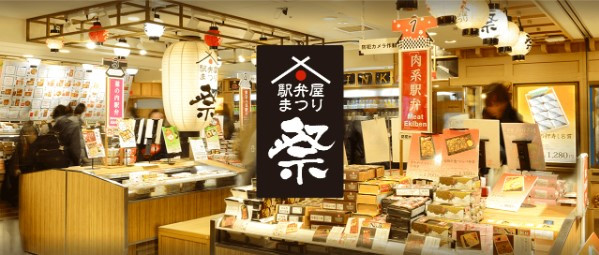
© JR East Cross Station Co., Ltd.
You can still try Ekiben even when there’s no fairs and without going on a train trip. Ekiben-ya Matsuri, translates to “Ekiben Store Festival”, is a large-scale Ekiben store that operates outside the ticket gate. Most Ekiben kiosks and stores at train stations are located past the ticket gate, which means unless you are taking the Shinkansen for a trip then you cannot get one. Ekiben-ya Matsuri is the solution to that.
Ekiben-ya Matsuri has 2 outlets; one in Tokyo Station’s GRANSTA shopping mall, and one in Sendai Station on the 2nd floor concourse.
Famous Ekiben to Try in Japan
There are many types of Ekiben in Japan with most of them reflecting the local region’s specialty and produce. One of the joys of travelling in Japan is visiting the different areas and trying the Ekiben unique to that region. There are even Ekiben enthusiasts who make the effort to visit places just to try the Ekiben.
The Ministry of Agriculture, Forestry and Fisheries of Japan (MAFF) has created a “train map” of the famous Ekibens to try in Japan.
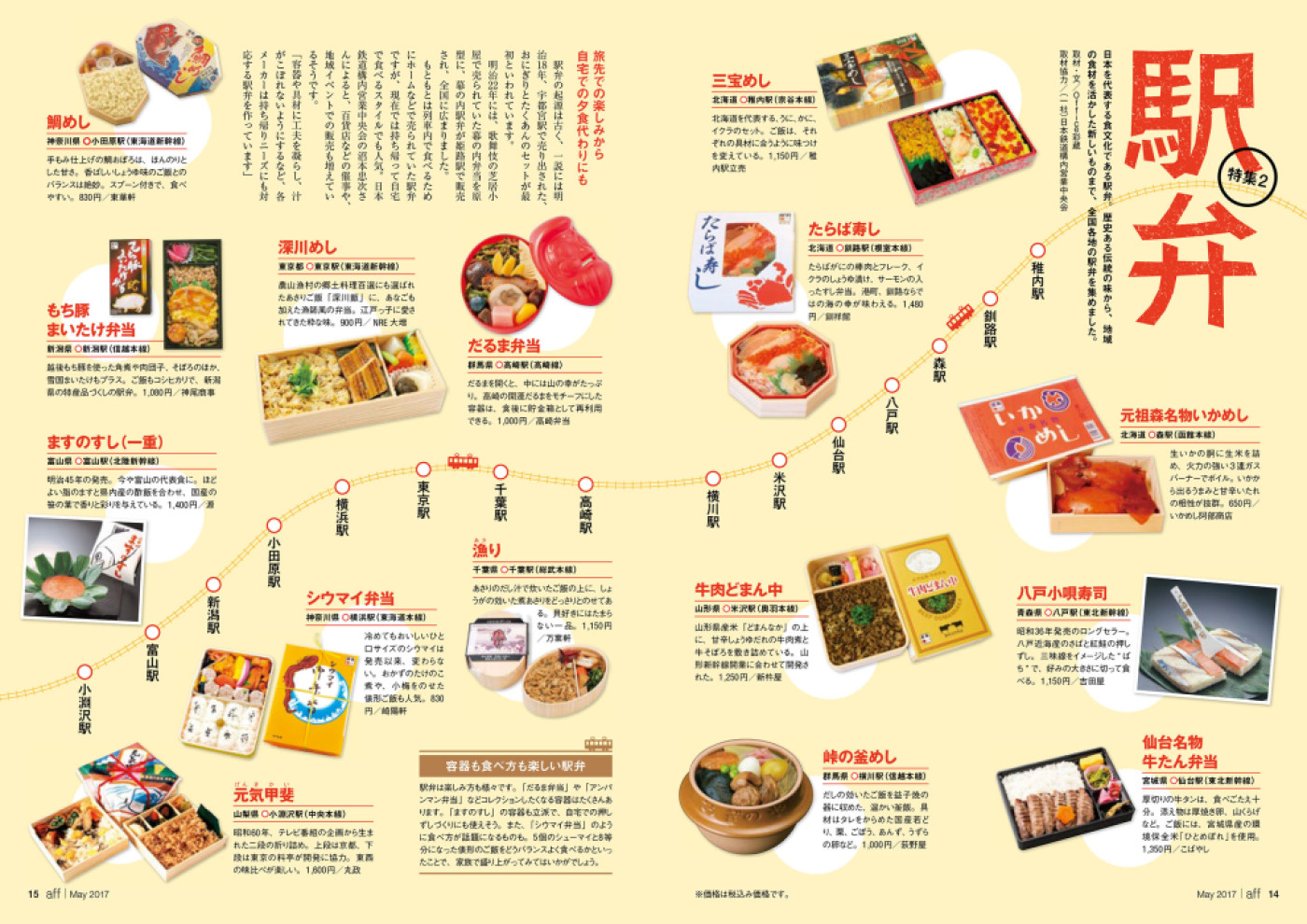
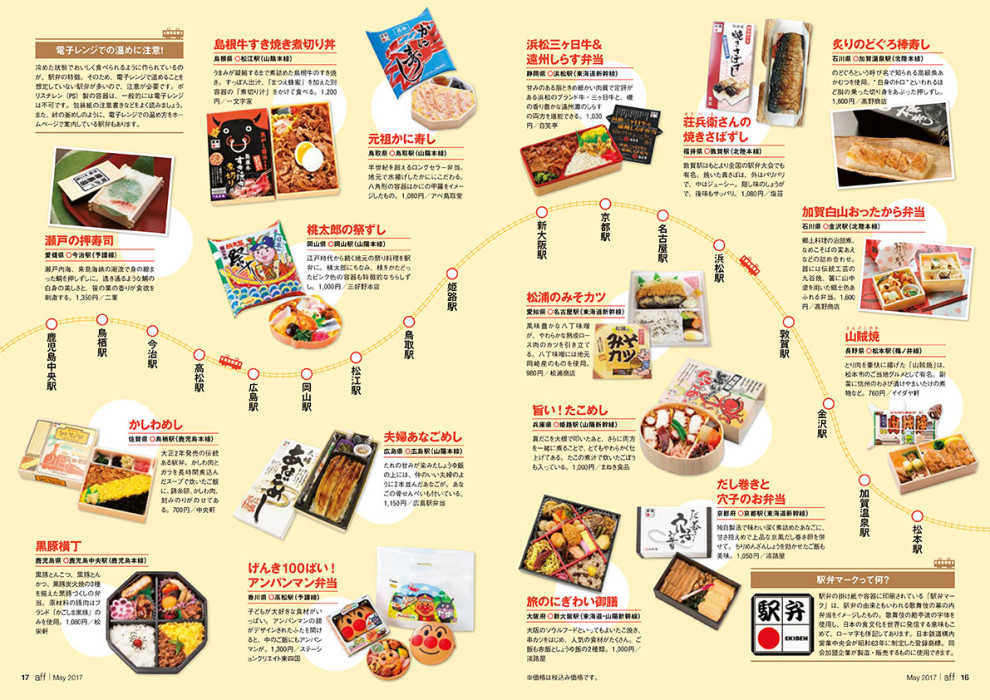
© MAFF
Here are a few to look out for :
Daruma Bento - Takasaki Station, Gunma Prefecture
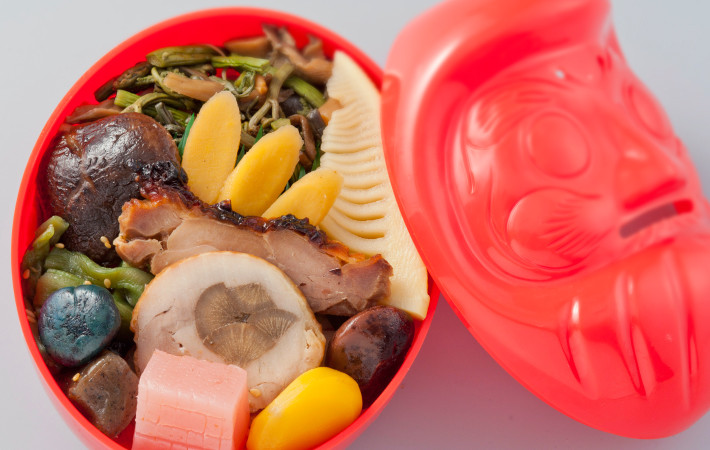
© Takaben Co., Ltd.
This Ekiben is served in a Daruma-shaped bento box. Takasaki in Gunma Prefecture is famous for its Daruma dolls. Daruma dolls are considered lucky objects. They are modelled after Bodhidharma who is the founder of Zen Buddhism. This Ekiben features Gunma’s local produce including rice, local vegetables, beans, konnyaku, and chicken. After finishing your meal, the Daruma plastic container can be reused as a coin box.
Tougi no Kameshi - Yokokawa Station, Gunma Prefecture
“Mountain Pass Kettle Rice” is the translation for this Ekiben. It is sold in an earthenware pot which retains heat well making it a rare hot Ekiben. OGINOYA’s specialty dish, it is Koshikikari rice cooked in a secret broth topped with 9 colourful ingredients including chicken, quail egg, chestnut, shiitake mushrooms, etc.
Shumai Bento - Yokohama Station, Kanagawa Prefecture
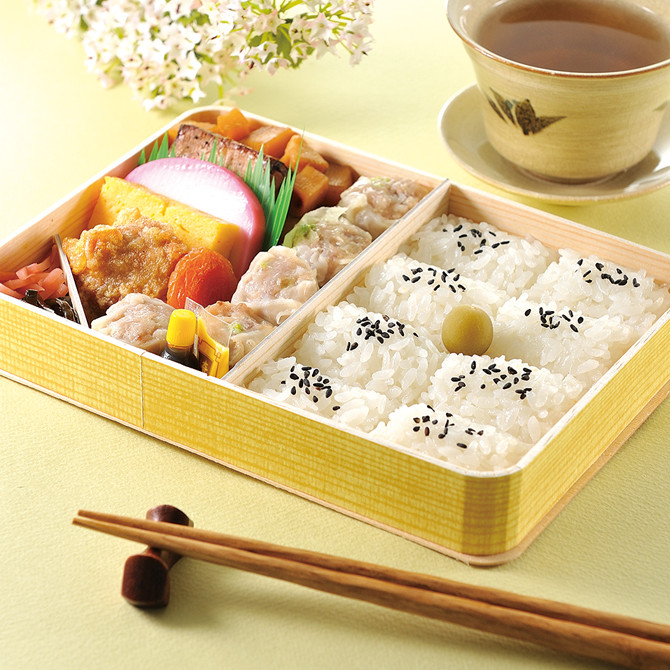
© Kiyoken
One of Yokohama’s specialty dishes is Shumai, and so naturally it had to be made into an Ekiben. This Ekiben has bite-sized shumai as its main dish as well as other common bento fillings. Tastes great even when cold.
Tabi no Nigiwai Gozen - Shin-Osaka Station, Osaka Prefecture
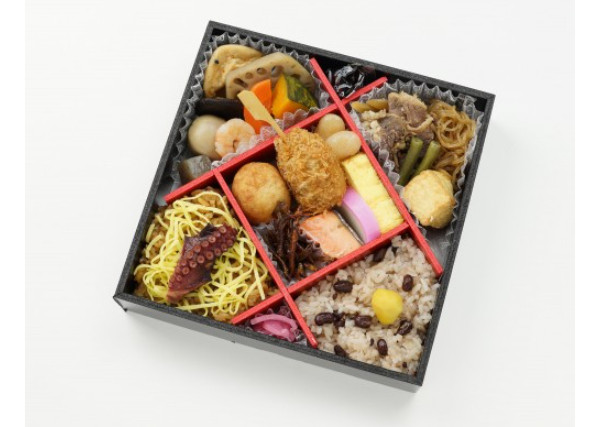
© WEST JAPAN RAILWAY DAILY SERVICE NET COMPANY Co.,Ltd.
An Ekiben packed with Osaka’s soul foods including Takoyaki, Kushikatsu, and more. Instead of white rice, red rice Sekihan is served instead. Sekihan is rice cooked with red beans which turns the white rice a reddish colour, thus its name. Sekihan is usually eaten during auspicious occasions like weddings and birthdays.
Shimane Gyu-Sukiyaki Nigiri Don - Matsue Station ,Shimane Prefecture
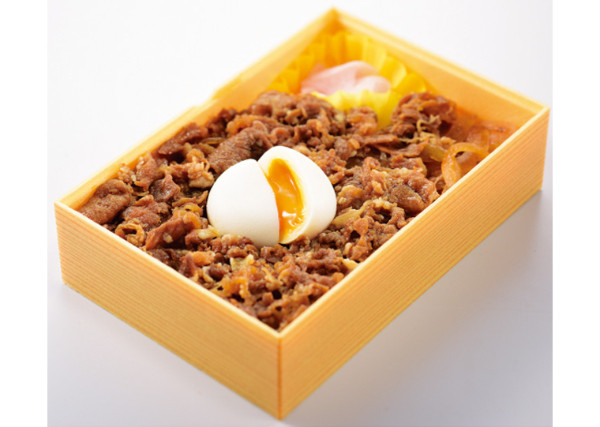
© Jorudan
“Shimane Beef Sukiyaki Boiled-down Ricebowl” is, just like it sounds and looks like, an umami filled Ekiben. Pour the attached “boiled juice” on top before savouring the dish.
Ganso Mori Meibutsu Ika-Meshi - Mori Station, Hokkaido Prefecture
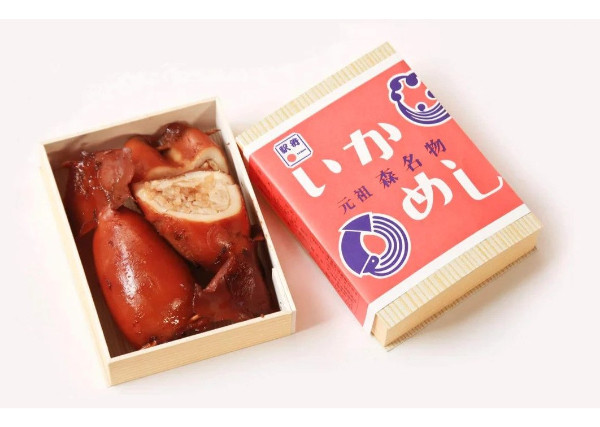
© Ikameshi Abe Shoten
Translates to “Original Mori City Specialty Squid Rice”. “Mori no Ika-Meshi (森のいかめし)”, rice-stuffed squid, has been a popular dish in the town of Mori in Hokkaido since 1941 when it was first created. The secret to the dish is the secret sauce and the softness of the squid.
To Close
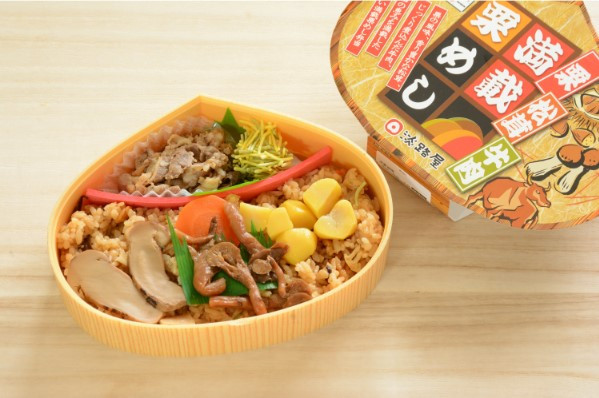
Savouring a delicious and beautifully packed Ekiben while admiring the scenery outside the train window is one of the best travel experiences in Japan. Keep in mind that eating on trains is only permitted for long-distance Shinkansen trains and certain sightseeing trains like JR’s Joyful Trains, but not local trains. Respect the rules and be considerate of passengers. Eat quietly, keep your seat clean, and clean up after yourselves when you are done dining. Why not give Ekiben a try on your next trip in Japan?





















 (2).png)












